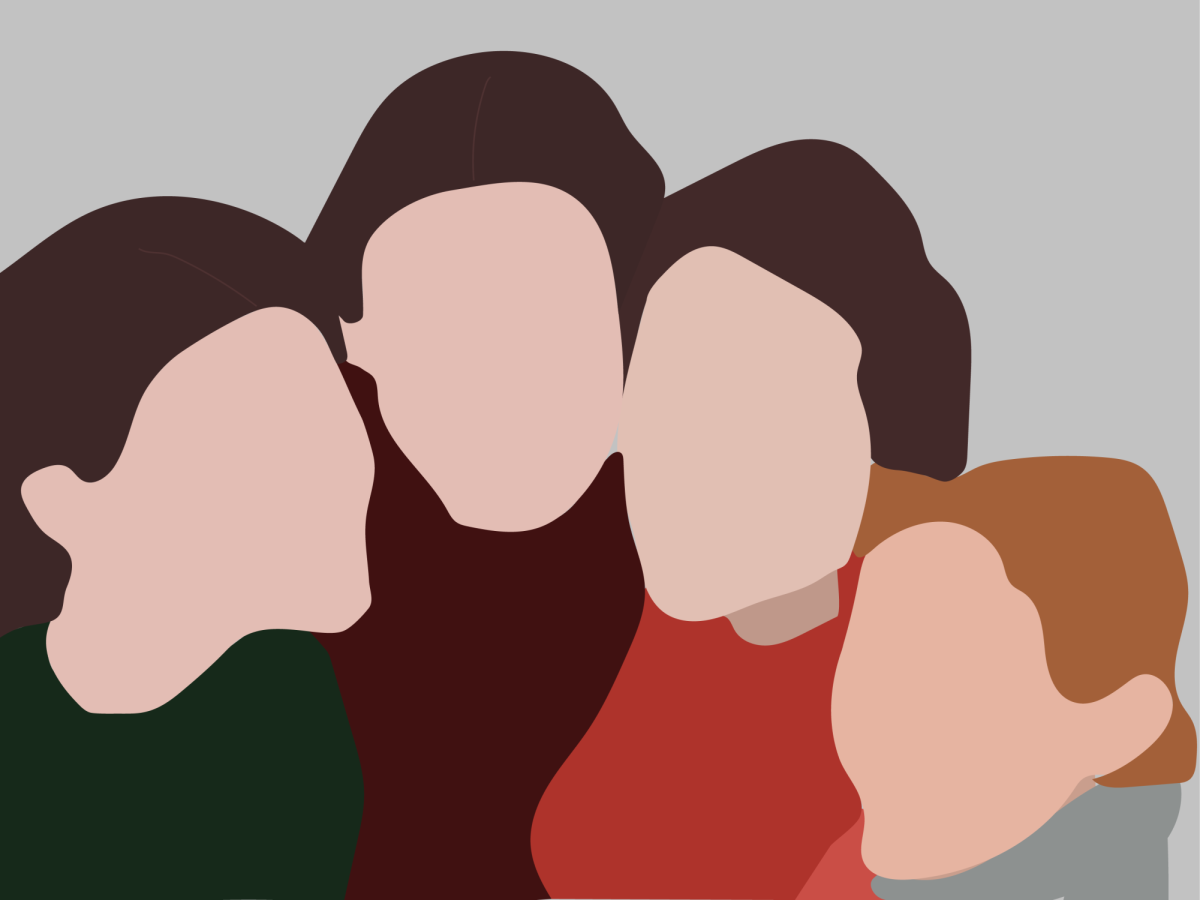By Jessica Legnos
The external human body is a masterpiece of bilateral symmetry. Inside is quite the opposite. With a heart on the left side and a right lung that looks different from the left, our internal organs are asymmetric.
“If you look at the human body, there is an axis right down the middle and every piece is symmetric. If you open up the body, you will find that’s not the case,” said Michael Levin, Ph.D., an assistant member at The Forsyth Institute, who has been working with groundbreaking evidence in determining how the body essentially tells its right from its left.
Levin and researchers from Harvard Medical School have uncovered several milestones within the last several years that have led to the identification of a mechanism in the body that determines right/left asymmetry in vertebrates. Or in simple terms, how the body knows to put every heart in the same spot on the left side.
Beginning with an interest in large-scale pattern formation of organism shape in 1993, Levin stumbled across a first breakthrough in 1995 during a study led by Clifford Tabin, Ph.D., a professor of Genetics at Harvard Medical School. The team located asymmetric genes that were individual to one side of a chicken embryo.
Three years later at the cell biology department at Harvard Medical School, researchers discovered that before these genes even developed, there was a communication between the right and left sides inside of chicken embryos.
Since these discoveries, researchers have been searching for the nature of the signals, which recently have been speculated to be electric, said Levin. This idea comes after a finding that the electrical voltage of the body is different between right and left sides.
Signals had previously been thought to be chemical rather than through natural electric fields, an avenue that has set research back until now.
“My prediction is that this will be a huge revolution in medicine in the future. People have been thinking about asymmetry for a long time, but not looking at it electrically,” said Levin.
Right/left asymmetry, because of its early development, can even be seen in the human fetus ultrasound pictures where 90 percent of babies suck their right thumbs, a trait that despite popular belief is not learned after birth. Ninety percent of the population is also right-handed by no coincidence. Levin said this is because the brain is asymmetric as well.
The importance of this research extends to many areas of medicine, including cancer, which has been called a “disease of geometry” by Levin. It is a result of tissue with no structure or organization.
“Tumors have different electrical activity,” he said. “We need to understand voltage and shape to understand what’s going on in tumor tissue.”
Besides cancer, researchers have pointed to potential advancements in limb regeneration and laterality-related birth defects that affect about 1 in every 8000 births. Levin said that decades in the future if we could control shape, then doctors might be able to replace an arm for someone who lost one.
With the possibility of such large advancements in medicine, Levin said, “I believe now the time is right to merge molecular biology with electro physiology of embryonic development.”













